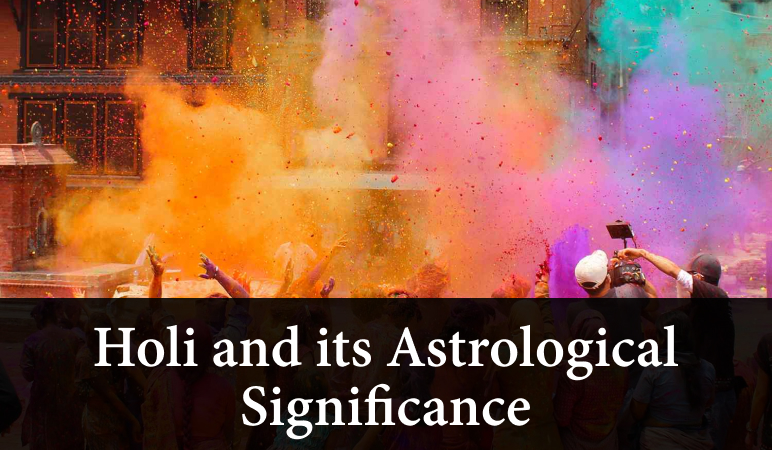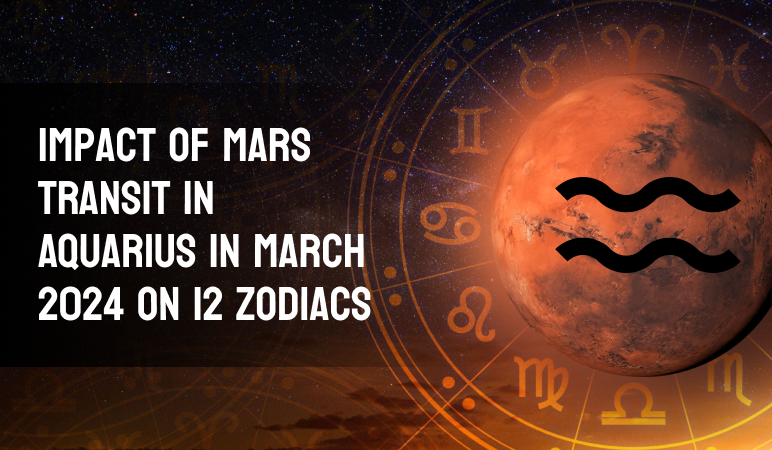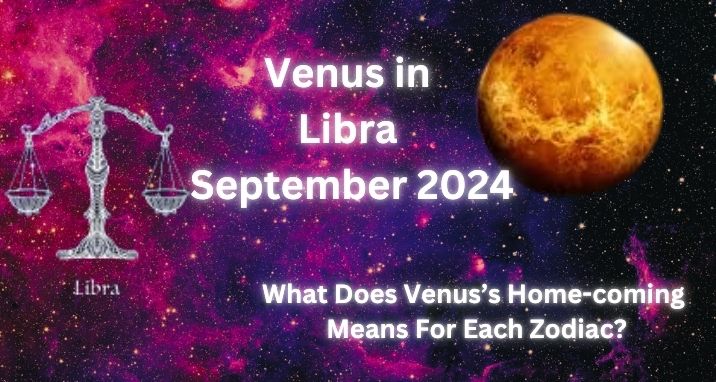Holi and its Astrological Significance

Holi is one of the most popular and widely celebrated Sanatan Hindu festivals, celebrated by Hindus across the world. Predominantly known as the festival of colours, Holi signifies the end of winter and the arrival of the spring season. With the warmth in the atmosphere, Holi brings the colours of nature and the season, making it known as the festival of colours.
The date of Holi is decided based on the moon’s movement, and hence the date of Holi varies every year. This is a two-day festival when the fields and flower gardens are in full bloom and people celebrate the weather, the harvest and the colours of nature in every possible way they can.
The History Behind Holi
Holi signifies the victory of good over evil. Among many Sanatan Hindu texts, the story of Holika and her brother demon King Hiranyakashipu is the most famous one. He was a very powerful demon king and wanted to rule over everyone. At one point, he wanted the people of his kingdom to stop worshipping gods and goddesses and instead worship him. But his son Prahlad was one of the most devoted Vishnu bhakts, and he continued to worship Shri Hari Vishnu as he used to always do. This annoyed Hiranyakashipu and he sought help from his sister to eliminate him.
Following her brother’s orders, Holika sat on a blazing fire with Prahlad in her lap. Holika had a boon of immunity from fire. But this time, due to her sinister intent, Bhagwan Vishnu protected his devotee Prahlad, and Holika was completely burned.
Another story is linked to Goddess Radha and Lord Krishna. As per Hindu texts, Shri Krishna was dark-skinned and Radha was fair; therefore, Shri Krishna applied colours to Radha and the other gopis to make them look like him.
Astrological Significance of Holi
Holi is observed on the day of Purnima (which is the full moon day) in the Hindu calendar month of Phalgun every year. As per astrology, on the day of Holi, the Sun and the Moon are positioned at the opposite ends of the sky. As per astrology, this position is considered favourable. Also, the Moon is positioned in the houses of Leo (Simha) and Virgo (Kanya), while the Sun is placed in Aquarius (Kumbh) and Pisces (Meen). Also, Rahu usually moves into Sagittarius (Dhanu Rashi).
According to astrologers and Vastu experts, the day of Holi is a very auspicious day and one can perform any Vastu puja. Also, it is important for everyone to seek the blessings of the elders on this day.
The festival of Holi has astrological, spiritual, cultural and social relevance. According to Vedic Hindu astrology, Holi is observed when the winter takes farewell and the spring arrives, which is known as the vernal equinox. This transition is regarded as the most significant time for new beginnings, rejuvenation and spiritual awakening.
On this day, the moon is in its exalted position and its energy is at its peak. Therefore, it is a perfect time for spiritual practices such as meditation, chanting mantras and offering prayers.
Frequently Asked Questions
Q: On which day is Holi celebrated?
A: Holi is celebrated on the full moon day of the Hindu calendar month of Phalgun every year.
Q: What is the astrological significance of Holi?
A: On this day, the Sun is in Aquarius and the Moon is in Leo, which represents fire.
Q: Is Holi auspicious?
A: Holi is one of the most auspicious days as per the Hindu calendar and one can perform any important work on the day of Holi.
For more insights into Sanatan Hindu festivals and their significance, you can talk to our pandits at NamoAstro.









